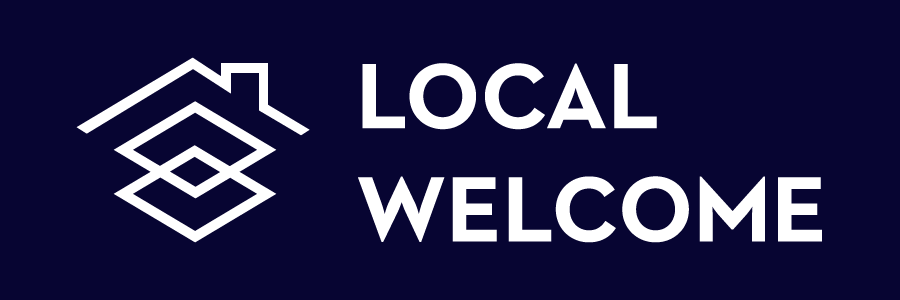Roadmapping - finding our direction of travel
Claire Brown, communications lead
We set ourselves a one-day challenge to build a roadmap for Local Welcome that will take us through to 2020.
Thanks to some great tools and a rich mix of skills and experience in the room we achieved it.
Here’s what we did and what we learned…
Wardley Map
We made our first attempt at a Wardley map. Designed by Simon Wardley, researcher for the Leading Edge Forum, Wardley maps help teams to understand their ‘value chain’ e.g. what individual components go into creating their end product, or value for the the user.
For example, if the end product is a cup of tea. The components are a cup, hot water, tea bag, milk (if you’re so inclined), a kettle and electricity.
Local Welcome has multiple components, from the the food delivered on the day of a meal and the Ikea kit boxes that enable people to cook it, to our safeguarding processes and insurance.
The Wardley process asks us to map all our components and then prioritise by their visibility to the user (our members). In our case, the components that formed part of a meal event, like food, are much more visible to members than our legal processes and procedures, nevertheless, they all form part of the value chain.
Once you’ve mapped out your components, there’s some really funky stuff on deciding at what stage of evolution they’re at. Components are mapped from genesis (a brand new idea that needs a lot of human intervention) to commodity (things that are standardised/accessible).
For Local Welcome, components in genesis include getting people into a team of eight to attend monthly meals, while those closer to commodity were things like public liability insurance.
From here we grouped components together by theme and made decisions about which ones we want to shift closer to commodity (i.e. less team intervention, more automation).
We ended up with a distilled list of blue post-its that we ordered by priority (warning: this bit felt a little bit brutal!)
Jamie Arnold Roadmap
Beginning with the Wardley Map helped us to get into the ‘big picture’ and think strategically while getting us in the mindset of our members, setting us up brilliantly for our roadmap.
We based our roadmapping on this blog from digital strategist Jamie Arnold.
A roadmap is not a plan. Jamie talks brilliantly about this here.
Jamie’s model poses these seven questions:
What are we trying to prove or learn?
Who are the users?
What are we operating?
What are we saying?
What are our assumptions?
What are the dependencies?
What capabilities do we need?
We ended up with a wall full of post-its which we then distilled into ‘things we want to learn’ before mapping these across our timeline.
A roadmap full of learning goals creates a beautiful balance between keeping the team focused on our mission and giving ourselves the freedom and flexibility to achieve it.
We ended the session by looking at the road map in the context of the blue post-it priorities we ended up with at the end of the Wardley mapping. All the blue post-its were represented on the roadmap and the priorities were in the right order on the timeline - phew!
This last check back was super valuable as it was like a little two-factor authentication of our route forward.
How it felt
Our designer, Efe, describes roadmapping like this:
“We were driving around Sprintshire with our compass pointing south, but until today, I didn’t know which road to take to get us there. Roadmapping felt like stopping at a petrol station to ask the locals for the best way to join the highway. We may have lost a couple of minutes, but we’ve made sure that we don’t get lost on our own in the middle of nowhere.”


